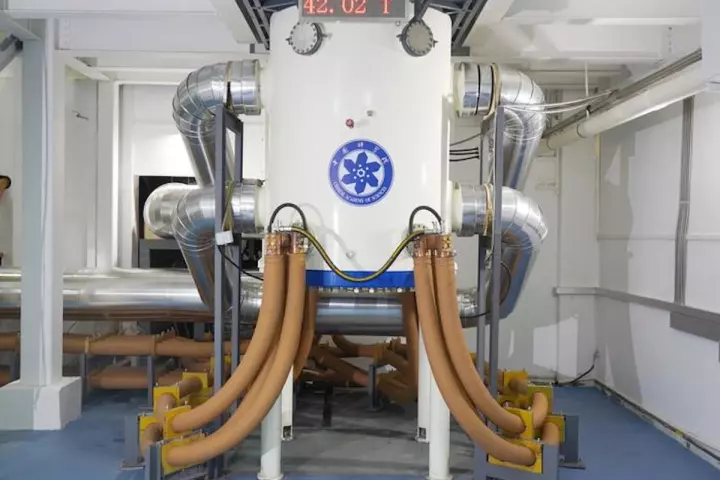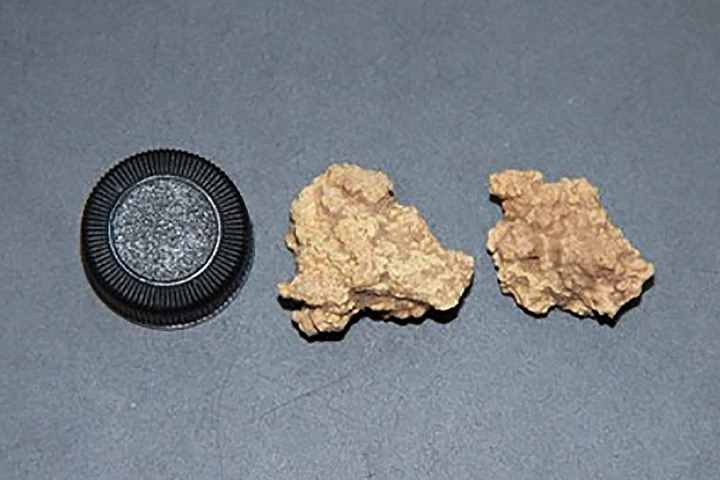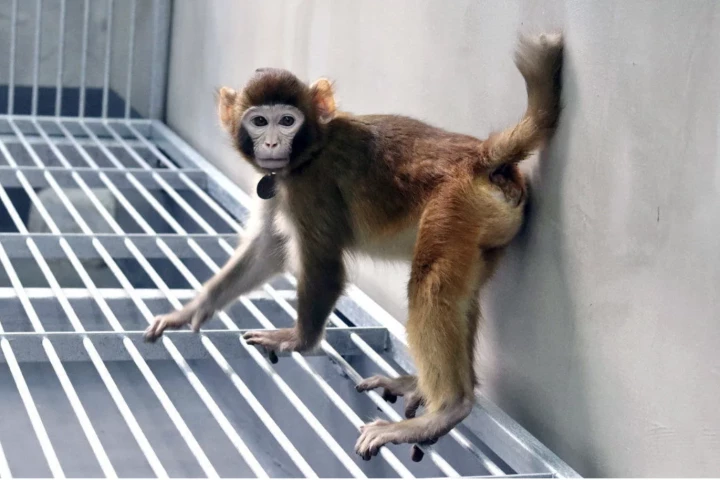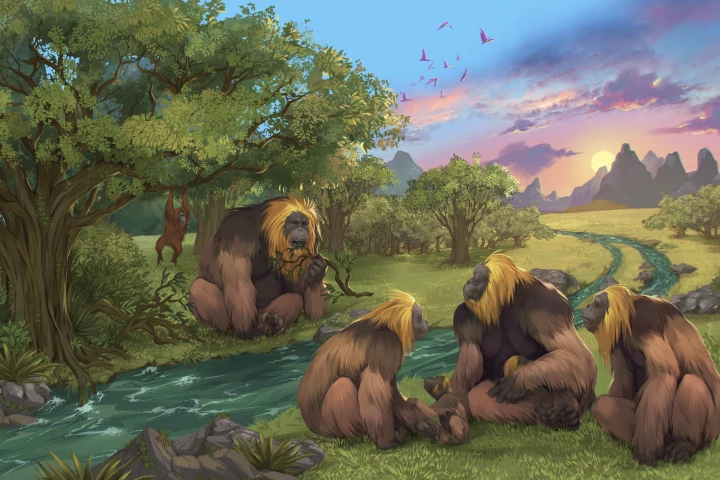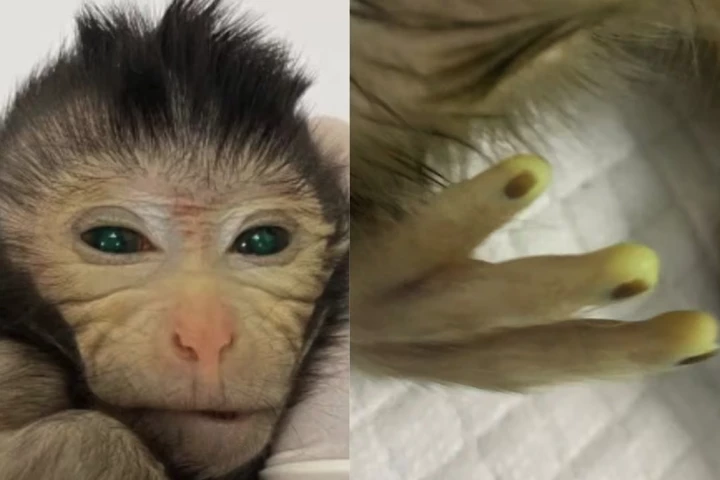Chinese Academy of Sciences
-
Harnessing the power of a metabolite produced in the kidneys and absorbed from certain foods can mimic the health benefits delivered by exercise, regulating inflammation and promoting an array of anti-aging processes without any physical activity.
-
Scientists have developed the world’s strongest resistive magnet, which produced a steady magnetic field of 42 Tesla (T). The system could improve devices that use magnets, as well as enable a range of new experiments that probe electromagnetism.
-
Bizarre clumps of organic matter found buried alongside Bronze Age mummies in China have now been identified as cheese. New DNA analysis has finally solved a long-standing mystery, and it makes it the oldest cheese ever found, dating back 3,600 years.
-
We’ve all accidentally tied knots that we can’t untangle – but we don’t expect to win any world records. Now scientists have done exactly that, accidentally tying the world’s smallest and tightest knot in a tiny structure made of just 54 atoms.
-
While ethical questions abound, scientists have tweaked traditional SCNT cloning of mammals to produce the very first healthy rhesus monkey that has lived to adulthood. It’s the first successful cloning of a species notoriously hard to 'copy and paste.'
-
For two million years, a 10-feet-tall, 660-pound ape thrived in the forest, until it mysteriously vanished during the late middle Pleistocene. After 10 years of work, scientists at last reveal just what happened to our largest known distant relative.
-
Chinese scientists have developed a cost-effective method of converting coal into protein, which they say could feed livestock much more efficiently than natural plants, while using a tiny fraction of the land.
-
Researchers have developed a powdered vaccine that's inhaled directly into the lungs for an effective immune response. The vaccine can deliver multiple antigens, meaning one dose could provide broad-spectrum protection against several respiratory viruses.
-
Researchers have demonstrated a programmable nano-scale robot, made from a few strands of DNA, that's capable of grabbing other snippets of DNA, and positioning them together to manufacture new UV-welded nano-machines – including copies of itself.
-
The mystery of what created a pair of craters on the far side of the Moon has been put to rest after a new study from the University of Arizona confirmed that the most likely cause was a spent rocket booster from China's Chang'e 5-T1 lunar mission.
-
It’s a basic fact that temperatures drop at night, damaging crops, equipment and infrastructure. Scientists have created a new film that selectively absorbs and reflects different wavelengths of infrared light to efficiently keep objects warm.
-
Cells from two genetically distinct macaque embryos have been combined, resulting in the first chimeric primate live birth. The newborn male's green glow reveals how large a part the injected stem cells played in development, stunning scientists.
Load More

